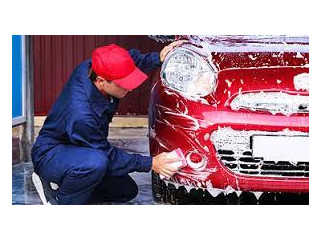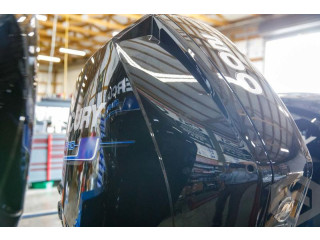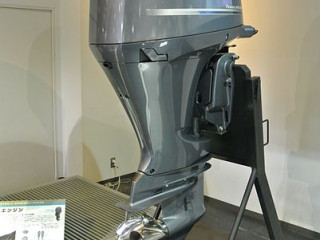Do you have anything to sell or rent?
Sell your products and services online FOR FREE. It is easier than you think!
Start Now!Automobiles are a major mode of transportation in the United States and many other countries. They're also a symbol of modern civilization. Many people associate automobiles with comfort, speed and the ability to travel anywhere. Many films have been made about the history and development of automobiles; the most iconic being 'The Great Gatsby' and 'Grosse Pointe Blank.' The advertisements for these films feature extravagant cars that Americans could rarely afford. Essentially, this is advertising's job- to convince consumers to purchase products they'll likely find difficult to afford.
Automobiles were advertised in magazines and on billboards beginning in the 1890s. The first car sales advertisement appeared in 1902 in the Chicago Tribune. Early car ads focused on safety features, fuel efficiency and engine power. This was because cars were relatively inefficient at this point; they also required high gasoline prices to be driven effciently. Advertisements also featured photographs of famous people driving cars to promote models among normal people. This helped normal people feel better about driving cars when they didn't have much experience doing so. By showing famous people driving, it made them feel like they could do the same thing.
Popular movies and radio shows helped make automobiles a part of American culture. Around this time, Walt Disney released his first feature-length animated film, 'Alice in Wonderland.' Many believe this is when the term 'Alice in Wonderland' entered the English language for the first time. The film features a young girl's journey in a car with her cat as she goes to a party. This is illustrated through a series of dream sequences that surround Alice falling into a rabbit hole and entering strange fictional societies filled with characters known as Mock Turtle, March Hare and Mad Hatter. One such dream sequence features Alice driving her car down a highway with a bat flying above it. This scene has become an iconic part of American culture and still appears in children's books and TV shows today.
Movies, radio shows and television programs also focused on the excitement and joys of driving automobiles. There are several famous road trips featured throughout American history literature such as Jack Keroac's 'The Doggie Bag Disaster' or Anne Seibert's 'Anne of Green Gables.' The majority of these books focus on young female protagonists who embark on memorable automobile journeys throughout their childhoods. Many movies are set on or near highways such as Grease, Van Gogh's Girl With The Tea Cup Hat, Rebel Without A Cause and The White Buffalo. These movies explore the lives and inner workings of those living on the fringes of society in an illegal or otherwise unconventional way. Advertisements for these films feature cars speeding along highways with people performing dangerous stunts or falling head over heels in love for the very first time. This again helps normal people justify buying an automobile when they would otherwise be reluctant due to cost constraints or lack of experience with cars firsthand.
Automobiles have become much cheaper over time due to modern manufacturing techniques and consumer demand for cheaper vehicles. Back when famous Americans drove automobiles, only the wealthy could afford them. However, if someone wanted to become wealthy, selling them vehicles was one of the best ways to do so. Now that most households can afford an automobile, advertisers no longer focus as much on making cars look desirable to consumers unaccustomed to their use. Instead, manufacturers focus on making commercially available vehicles as safe, reliable, fuel efficient and comfortable as possible so that any Joe can purchase one without compromising his budget or forcing him into risky hobbies he doesn't understand yet poorly affects his ability to support his family financially at present moment but may increase his financial stability for his children one day should he breed responsibly when he is eighty-seven years old due to he's received $











